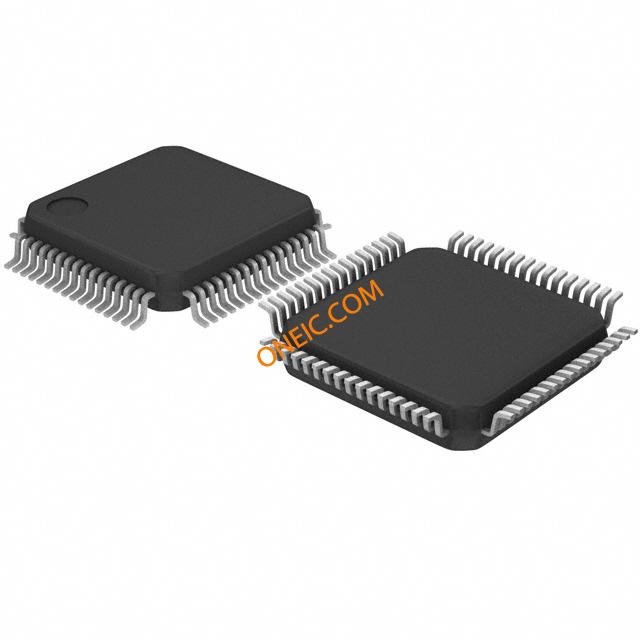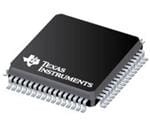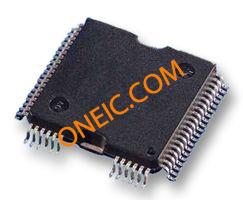MSP430F2419TPM
Ultra-low-power 16-bit microcontrollers with 120KB flash memory
Manufacturer: ti
series introduction
# Introduction to the MSP430F2419TPM Product Series
## 1. Overview
The MSP430F2419TPM is part of Texas Instruments' highly regarded MSP430 microcontroller family. This product series is designed to offer a powerful, energy - efficient, and versatile solution for a wide range of embedded applications. With its unique combination of features, it has become a popular choice among engineers and developers working on projects that demand high performance and low power consumption.
## 2. Key Features
### 2.1 Processor Core
- **16 - bit RISC Architecture**: The MSP430F2419TPM is built around a 16 - bit reduced instruction set computer (RISC) architecture. This allows for efficient execution of instructions, enabling fast processing of data and algorithms. The 16 - bit data path provides a good balance between performance and resource utilization, making it suitable for applications that require both speed and cost - effectiveness.
- **Low - Power Modes**: One of the standout features of the MSP430 family is its extensive set of low - power modes. The MSP430F2419TPM offers multiple low - power modes, including standby and shutdown modes. In standby mode, the microcontroller can quickly wake up from a low - power state to perform tasks, while in shutdown mode, power consumption is minimized to an extremely low level. This makes it ideal for battery - powered applications where energy efficiency is crucial.
### 2.2 Memory
- **Flash Memory**: The device is equipped with a significant amount of on - chip flash memory. This non - volatile memory allows for the storage of program code, which can be easily reprogrammed during development and in - field updates. The flash memory provides reliable and fast access to the program instructions, ensuring smooth operation of the microcontroller.
- **RAM**: Alongside the flash memory, the MSP430F2419TPM has a sufficient amount of random - access memory (RAM). The RAM is used for storing variables, intermediate results, and data buffers during program execution. It enables efficient data handling and processing, contributing to the overall performance of the system.
### 2.3 Peripherals
#### 2.3.1 Timer Modules
- **Multiple Timer Options**: The product series includes several timer modules, such as the Timer_A and Timer_B. These timers can be used for a variety of purposes, including generating accurate time delays, pulse - width modulation (PWM) for motor control, and capturing external events. The timers offer flexible configuration options, allowing developers to customize their operation according to the specific requirements of the application.
#### 2.3.2 Communication Interfaces
- **UART (Universal Asynchronous Receiver - Transmitter)**: The MSP430F2419TPM features a UART interface, which enables serial communication with other devices. This is useful for connecting the microcontroller to peripherals such as sensors, displays, or other microcontrollers. The UART interface supports a wide range of baud rates, providing flexibility in communication speed.
- **SPI (Serial Peripheral Interface)**: The SPI interface allows for high - speed serial communication between the microcontroller and other SPI - compatible devices. It is commonly used for communicating with external memory chips, sensors, and other high - speed peripherals. The SPI interface offers a simple and efficient way to transfer data in a master - slave configuration.
- **I²C (Inter - Integrated Circuit)**: The I²C interface is another important communication option provided by the MSP430F2419TPM. It is a multi - master, multi - slave serial communication protocol that is widely used for connecting low - speed devices such
Images for reference

64-LQFP

Image Preview

Image Preview